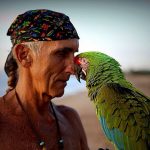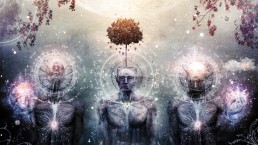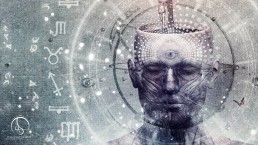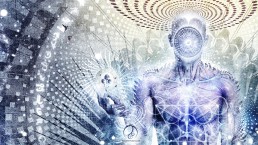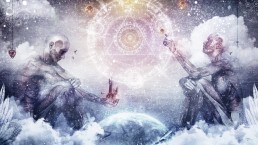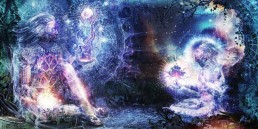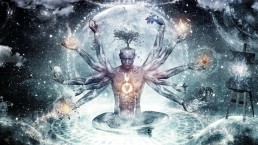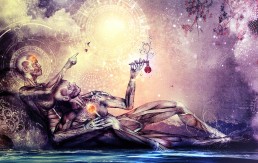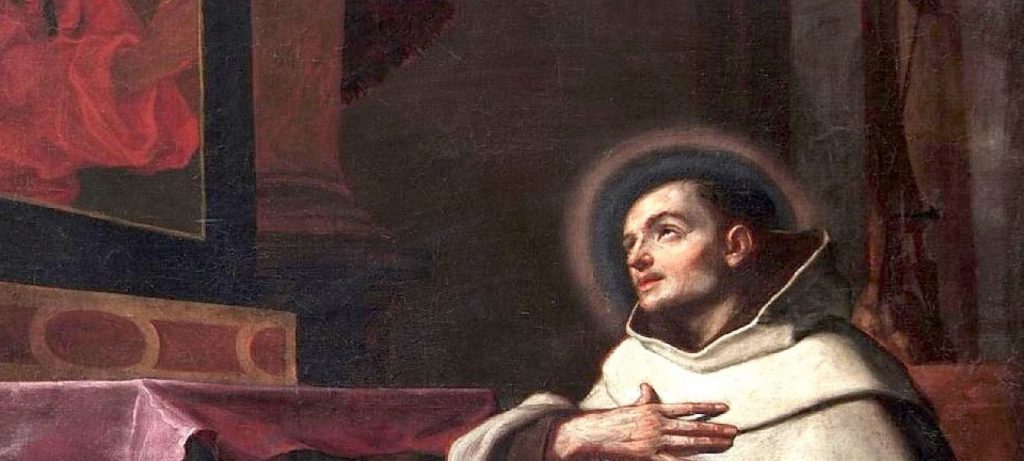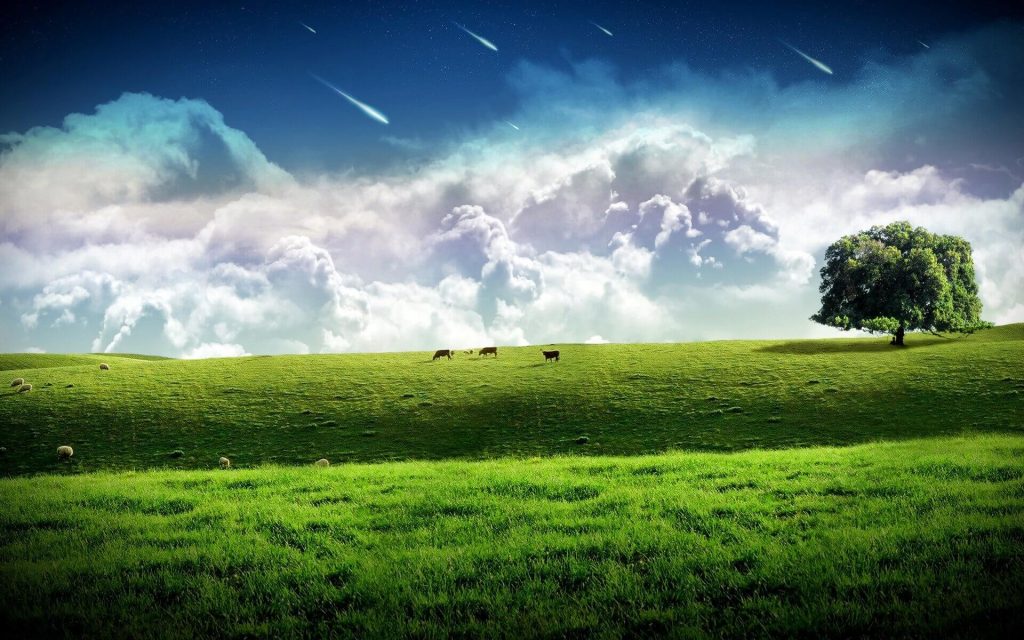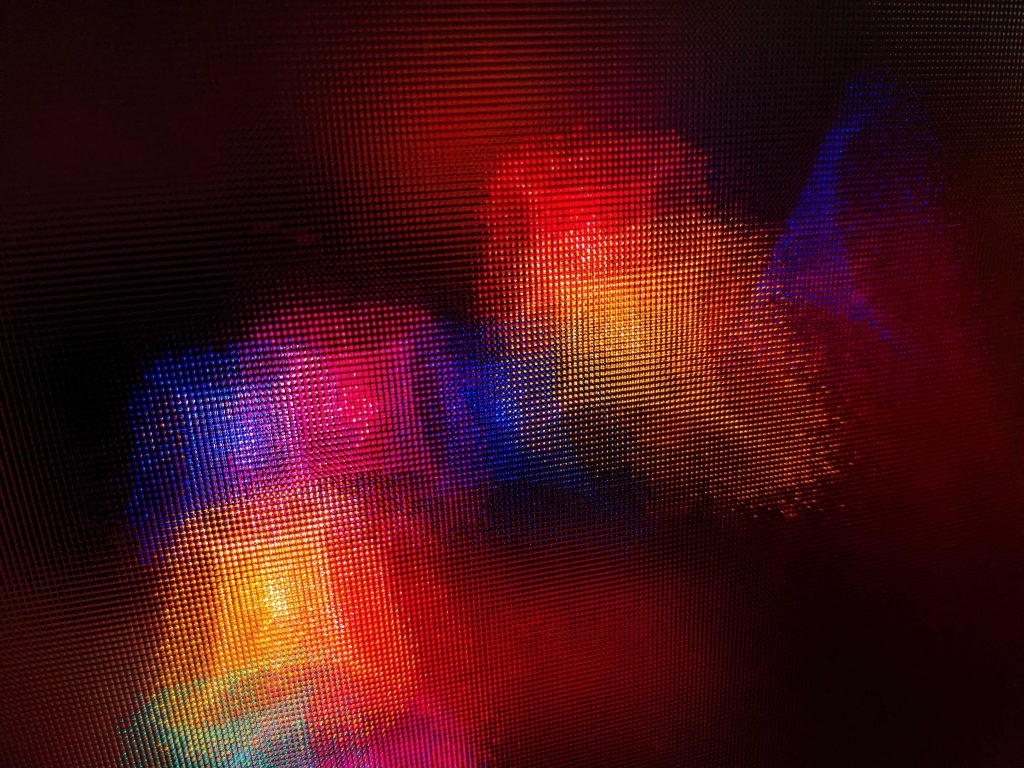Returning to Indigenous Worldview
I selected these four quotes to introduce my ideas about how we can best address environmental, political, and social/ecological justice issues that are eroding our lives. First, Chomsky points to realizing the existential threats we face, such as extinction occurring at an estimated one to ten thousand times the natural rate with 60 percent of animals lost since 1970, and carbon dioxide levels have exceeded 411 ppm for the first time in human history.
Then Naugle’s quote points to the vital but often ignored probability that such problems stem from, and can be solved by, the worldviews we hold. Chief Seattle beautifully articulates an aspect of indigenous worldview, and finally, Wellelman points to the fundamental imbalance of our time and suggests ‘trance-based learning’—as practiced for tens of thousands of years—as a means to address it. Allow me to expand on these four “directions” of my Medicine Wheel.
G.K. Chesterton writes in Heretics, “It is not whether one’s theory of the cosmos affects matter, but whether, in the long run, anything else does.” He refers to what most philosophers call “worldview,” the lens through which we view the world. In dominant cultures, we usually notice neither the lens nor how it shapes our reality. This idea has been studied by many Western philosophers. Although most refer to religions, cultures, and ideologies as worldviews, Robert Redfield, the acknowledged father of social-anthropology, believed instead that there are only two: the modern, or dominant worldview, and the Indigenous one. Various beliefs seem to fall under one or the other, particularly attitudes related toward natural and supernatural phenomena that influence our ideas about reality, relationships, spirituality, and morality.
Redfield’s studies led him to conclude that, in spite of reconstructive attempts by change-agents over thousands of years, the dominant worldview that has existed for around one percent of human history has essentially proven disruptive and negative in contrast to our original, Indigenous one. I concur and believe that the crises we face today—climate change, loss of bio-diversity, nuclear war, and addiction—are the consequence of forsaking our original worldview.
Without the deeper Indigenous worldview, I believe we will fail to enter optimally into the Fifth World that the Hopi say we are now entering. For example, we must forsake our anthropocentrism and learn to genuinely regard ‘natural resources’—plants, animals, and minerals—as our ‘relatives.’
Truth-seeking must once again become a sacred undertaking as it was during the time before deception, when truth and generosity were considered the highest expression of courage. If we want to save our remaining species and carbon sinks, stop the atrocities in Gaza or Syria, prevent domestic terrorism, address the reasons people are trying to escape from El Salvador, Guatemala, and Honduras, and so on, we must connect the dots to the shortcomings of our dominant assumptions, and reconnect to alternative consciousness as a tool for transformation. This of course calls for an educational revolution.
Otherwise, our uninvestigated, hierarchical, competitive, dualistic, and anthropocentric beliefs will continue to guide us toward a world devoid of moral boundaries, where dog-eat-dog relationships dominate the working class, while ruling elites continue to profit from extraction and pollution until, eventually, all systems fail. Re-embracing our Indigenous worldview can help prevent this. Annick Hedlund-de Witt, who did her doctoral dissertation on the importance of worldview to our ecological crises, writes:
Worldview is a concept ‘whose time has come,’ and its increasing appearance in the contemporary climate change and global sustainability debates can be understood as both response to, and reflection of, the challenges of our time and the solutions they demand. One of the main arguments and premises of this dissertation is, consequently, that an understanding of worldviews has a major role to play in addressing our highly complex, multifaceted, interwoven, planetary sustainability issues.
Is it a coincidence that 80 percent of the biodiversity on our planet today is on the 20 percent of land still cared for by indigenous people? This, despite the enormous pressures on Indian reservations in the United States and Canada. On them, we see how years of anti-Indianism—military force, land grabs, missionary proselytizing, white ‘education,’ and other influences -have stifled traditional worldview and instead created death worlds.
Acknowledging this, as well as witnessing brave communities who have managed to hold onto Indigenous language and ways, and continue their advocacy for the Earth, is important. We can appreciate the Indigenous experience unfolding today as a model for what is happening to all of us.
Remember, the Amerindian population went from conservative estimates of 55 million in 1492 to less than 5 million by 1650, but we are still here. So even if you are among those that feel hopeless, you might find courage in knowing that even with a loss 90 percent of a population, it is still possible to come back if we fearlessly honor our ultimate Oneness with All. But none of it matters unless we collectively adopt a worldview that makes decisions, from this moment on, based on a sacred concern for the wellbeing of our children Seven Generation to come.
Worldview Transformations in Practice: The “CAT-FAWN Connection”
How can we move closer to an Indigenous worldview? Consider the social dynamics depicted by the research conclusions below of Professor Darcia Narvaez’s Neurobiology and the Development of Human Morality: Evolution, Culture and Wisdom?
Social Dynamics Gatherer-hunters v. United States Today
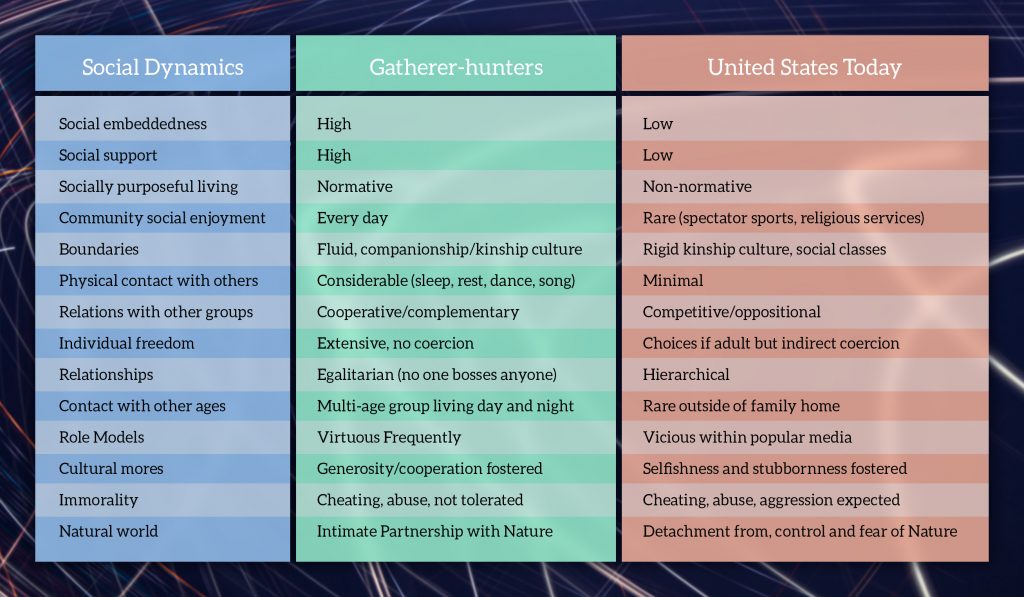
The Visionary Art of Cameron Gray
Cameron Gray lives and works in Melbourne, Australia. His work is regularly displayed in live music & arts festivals across the globe, and his body of work has been selected for preservation by the National Library of Australia as one of the country’s artists of the 21st century. VISIT HIS SITE
“ARIA nominated Australian artist Cameron Gray creates scenes of the human potential. His works portray a peek through the veil, asking us how we can be greater, live fuller and love deeper. From celestial visions to cosmic animations, Cameron weaves together the dualistic aspects of light and dark, bringing them once again into a state of oneness.” — SolPurpose Visionary Artists Collective
One strategy for shifting us back to our original worldview is what I call the “CAT-FAWN Connection. (One can read about how it came to me after a near-death experience in the book Primal Awareness: A True Story of Survival, Awakening and Transformation with the Rarámuri Shamans of Mexico.) Using this ‘tool’ can lead to personal and local transformations that ultimately contribute to global ones.
The guidelines represented by this mnemonic cannot replace the collected local wisdom of the surviving wisdom keepers in our First Nations, of course. You must do your best to re-Indigenize your local knowledge by first calling on such resources if they exist where you live. You must also become more aware of your unconscious participation in ‘anti-Indianism’ and do what you can to support Indigenous sovereignty efforts while decolonizing systems—including education—with truthful histories. And we must all do our part to desacralize the Earth, her waters, and all beings again.
Concentration-Activated Transformation (CAT)
We have lost our much of our innate self-hypnotic and meditative skills and have given control of these to our preachers, peddlers, and politicians—or any other person we have allowed to have some authority over us. Unintentional trance-based learning has shaped most of our belief systems—from religion to consumerism—and explains the insanity of our present life-destroying behaviors. The use of intentional trance-based learning to connect with what is real and true may be the saving grace for bringing us back into integrity with our evolved nature.
CAT represents “Concentration-Activated Transformation.” It is another way of referring to trance-based learning, or learning that occurs in alternate states of consciousness such as during spiritual trance, hypnosis, or deep meditation. Before conquest, and without needing to know brain science, Indigenous Peoples understood that trance work, in combination with empirical observation, was a requirement for acquiring wisdom and realizing the reality of our interconnectedness with All. A variety of group and individual prayer ceremonies, such as the vapor purification lodge, vision quests, and other forms of meditation—were intentional trance-inducing rituals (Thomason, 2013).
Induced trance-states, coupled with conscious reflection were widely practiced by traditional Indigenous cultures as ways to embed important knowledge into the psyche and to heal. Often pre-planned ‘lessons’, containing stories or repetition of important cultural phrases, were used before, during, and after trance work along with cognitive reflection. Mike Williams of the University of Reading writes in his text Prehistoric Belief that traditional Indigenous cultures were adept at entering trances and used trance-states to solve a number of life-threatening problems.
Concentration-Activated Transformation conveys the idea that we can identify underlying assumptions and use trance-based learning to reverse or modify harmful beliefs that hold us back. When we are out of balance; when anger lasts for more than a few minutes; when we behave or react in a way that induces stress; when a relationship is not working; or we feel separate and alone—assume there are unconscious belief systems operating, many if not most, from early childhood.
Using the four major forces below, ask yourself the following questions to learn if the dominant worldview has you in a trance, and if the Indigenous worldview can help transform it.
Fear, Authority, Words, and Nature (FAWN)
These four concepts are the most important influences on the hypnotic ‘programming’ of our minds. They are generally understood differently in each of our two worldviews, and I suggest that under the dominant one, hypnotic associations with each can often be negative. In brief, whenever a challenging situation occurs that calls for a decision, or whenever cognitive dissonance arises in you or you otherwise feel something is not in balance, ask the questions below.
Fear: Ask what possible fear relates to the event, action, attitude, or behavior that is occurring. Note that the dominant worldview perspective is to avoid, dismiss, or deny it.
The Indigenous perspective understands that fear is the opposite of love, and fearlessness is about trusting the universe. Fear is a catalyst for practicing a virtue (courage, generosity, honesty, patience, fortitude, humility). This is very different from the dominant worldview that avoids fear or is overwhelmed by it or creates it for purposes of control. With the Indigenous understanding in mind, focus on whatever fear is behind a problem or imbalance. Then, use a self-hypnosis technique or deep meditation to imagine yourself practicing a virtue until you become fearless.
Authority: The highest authority under Indigenous worldview is honest reflection on lived-experience, as opposed to the dominant worldview inclination to see a variety of external authority figures as most important. Get in touch with the position, beliefs, and feelings you have about the issue at hand.
Ask yourself, “On whose authority did this position originate?” Now, do the self-hypnosis and erase all forms of external authority from the picture, dismissing previous ones entirely and basing your new thoughts on only an honest reflection on your lived experience.
Words: Cooper’s scholarly book, A Time Before Deception, shows how traditional Indigenous cultures understood language to be sacred vibrations. Verb-based Indigenous languages are grounded in nature and movement. We have to work harder in English to make sure our words are accurately describing reality. Stay in touch with all the words you use—especially self-talk—to see how accurate and truthful they really are.
Find the best ways to honestly phrase the situation and use self-hypnosis or deep meditation to process it.
Nature: Under the dominant worldview, Nature is exclusively for the our use. Indigenous worldview does not put humanity above other life forms. Respect for all beings assures respect for human diversity. Nature also reflects inherent importance of the feminine, and in Indigenous cultures women are typically highly respected.
Ask how is this situation working with or against Nature? Imagine some other-than-human Helper coming to your aid. It could be a pet, an insect, a plant, a park, a river, a mountain. Present the issue to this Helper, using metaphors that make it relatable. Use ceremony with plants like pine, cedar, sage, or sweetgrass to evoke images of other, or greater-than-human, life forms. Such ceremony can truly help you embrace the unknown. All answers reside somewhere in what remains of the natural landscape in which you dwell. Nature is and always will be the ultimate teacher if we heed it accordingly.
To view a recent presentation on Indigenizing Education by Four Arrows at the University of British Columbia, visit here.
References
Abram, D. (2010) Becoming animal: An earthly cosmology. New York: Pantheon.
Chesterton, G. K. (1905) Heretics. London: John Lane, The Bodley Head.
The Center for Biological Diversity. “The Extinction Crisis.” The Center for Biological Diversity, www.biologicaldiversity.org/programs/biodiversity/elements_of_biodiversity/extinction_crisis/.
Four Arrows (2013) Teaching truly: A curriculum to Indigenize mainstream education. New York: Peter Lang.
de Witt, A.H. (2013) Worldviews and the transformation to sustainable societies (Doctoral dissertation) Retrieved from dare.ubvu.vu.nl/bitstream/handle/1871/48104/dissertation.pdf?sequence.
Naugle, D.K. (2002) Worldview: The history of a concept. Grand Rapids, MI: William Erdmans Publishing Co.
Narvaez, D. (2014). Neurobiology and the Development of Human Morality: Evolution, Culture and Wisdom. New York, NY: W.W. Norton.
Redfield, R. (1953) The primitive world and its transformations. Ithaca, NW: Cornell University Press.
Thomason, T. C. (2013) “The role of altered states of consciousness in native American healing” in Journal of Rural Community Psychology, Vo. 13, #1.
Williams, M. (2010) Prehistoric belief : Shamans, trance, and the afterlife. London: The History Press.
WWF. “Living Planet Report 2018.” World Wide Fund for Nature, 30 Oct. 2018, www.wwf.org.uk/updates/living-planet-report-2018.
Yale E360 Digest. “CO2 Levels Break Another Record, Exceeding 411 Parts Per Million.” Yale Environment 360, Yale School of Forestry & Environmental Studies, 7 June 2018, e360.yale.edu/digest/co2-levels-break-another-record-exceeding-411-parts-per-million.


